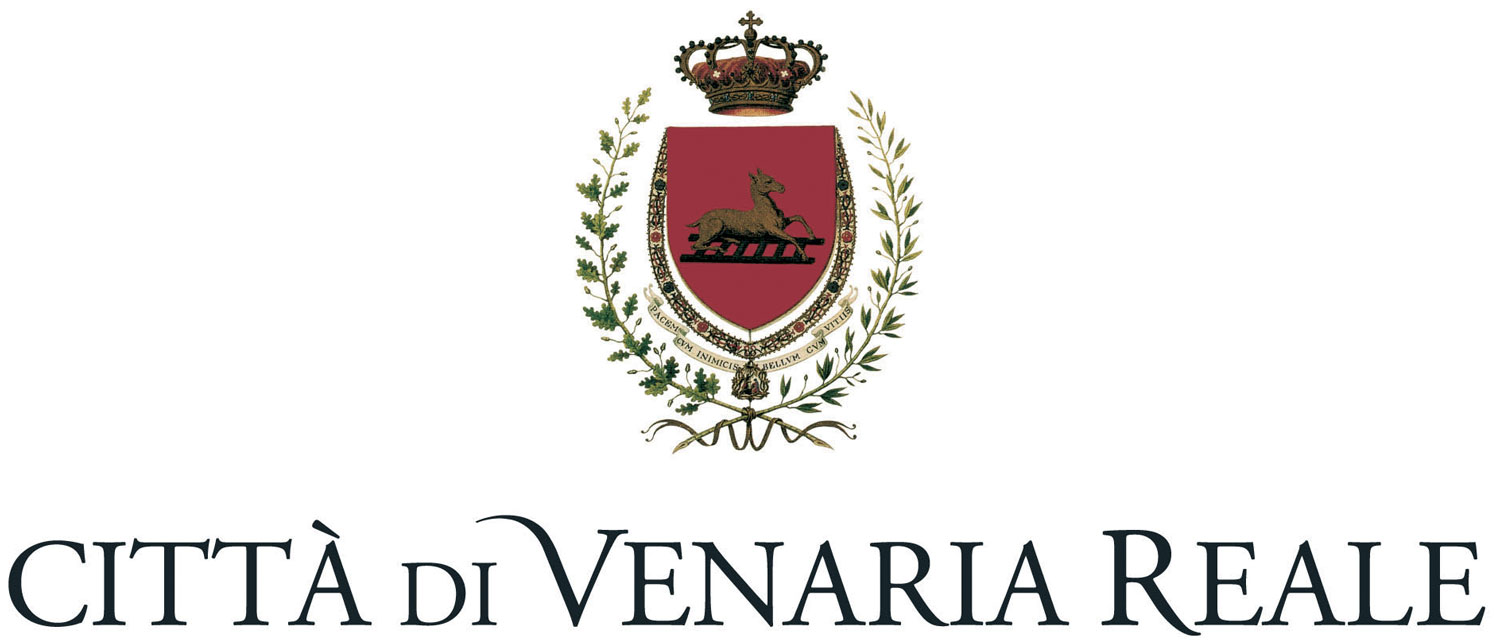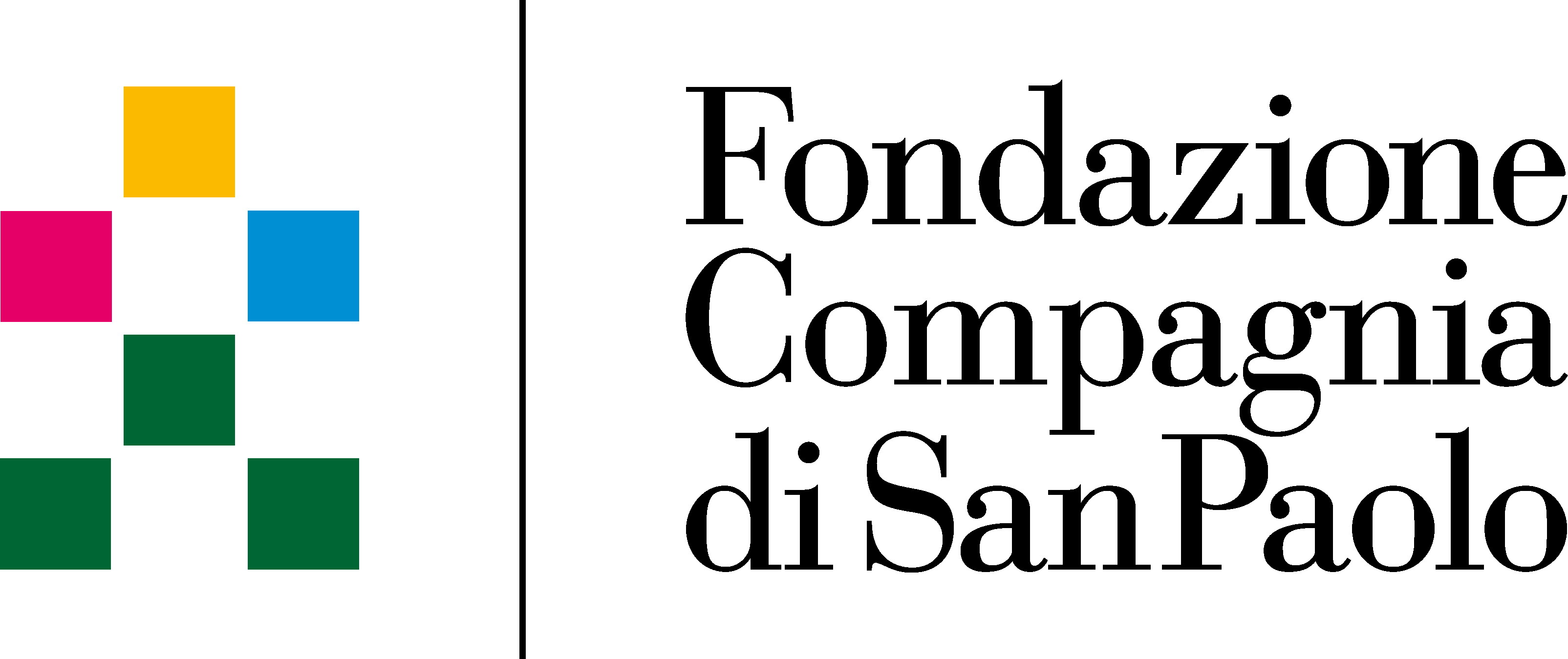The Grottoes and the Retaining Wall
Drawings of the northern side of the Reggia, dating back to the 17th century, contain a terrace wall running between the Court of Honor and the Fountain of Hercules that provided a theatrical backdrop to the lower gardens, where recesses and juts marked the geometric layout of the garden itself.
The surface was coated with concretions, mineral fragments, and encrusted shells that enhanced the chiaroscuro effect produced by niches and grottoes. Fountains and marble statues added allegorical touches and light effects. The statues were removed in the 18th century. The recent restoration works brought to light the wall that had been interred.
The restoration of the wall, where all 17th century decorations had long disappeared, was purely conservative and highlights its supporting function while emphasizing its architectural lines. A limited portion of the wall offers an example of its original appearance and decorations. The different ground levels towards the Fountain of Hercules are now connected by an iron and wood staircase that does not interfere with the original brick structures.
The Garden of Fluid Sculptures by Giuseppe Penone
In the Garden of Fluid Sculptures by the contemporary art master Giuseppe Penone bronze trees, fountains and groves extend over an area of three hectares. The layout is based on the Garden of Fountains designed in the 17th century by Amedeo di Castellamonte, the Court’s Architect.
The fourteen artworks, completed between 2003 and 2007, were conceived to create a sensory experience where the materials used (trees, marble, water, bronze, stone and granite) punctuate the passage from one sculpture to the next in a constant flow of the elements and serve to unveil the similarities between the mineral, vegetal and human worlds.
The project was developed in collaboration with Castello di Rivoli – Museo d’Arte Contemporanea.
The Great Pond
In a description of the Gardens by Amedeo di Castellamonte, who designed their layout after the mid-1600s, great emphasis was placed on the “large canal” at the foot of the northern gardens, “running between walls, crowned and enclosed by oak-lined alleys” where water merged from various fountains and the Ceronda stream. Here members of the Court enjoyed the shade on “spectacular boats”, enjoyed fishing and listened to music.
Etchings from the 17th century depict a vast rectangular pool, but in the plan attributed to Jules Hardouin, Mansart and Robert de Cotte related to the project by Michelangelo Garove dated 1699, fountains and grassy parterres had taken its place.
In a relief dated 1826 the whole area had turned to grassland.
Today the Reggia reflects its image in the vast pond and the surrounding area provides a charming natural setting that in the future may become home to artistic additions along the external hornbeam hedge.
Floating wood crates in the water contain water lilies, that blossom from April/May to September. Below the water level are autochthonous oxygenating plants. To the east and west of the Great Pond decorative plants of various local and exotic species (Morus Alba, Acer Campestre, Sophora Japonica, Liquidambar) provide shelter against the summer sun.


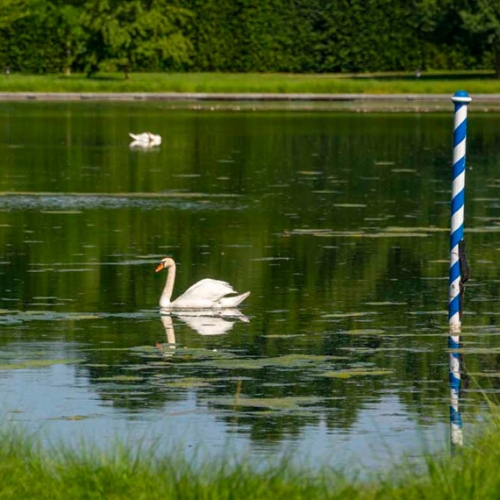
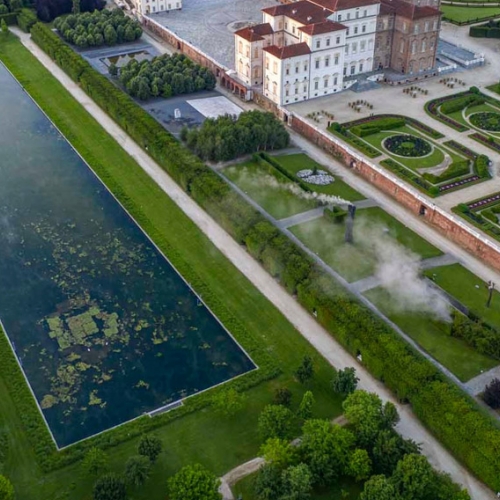
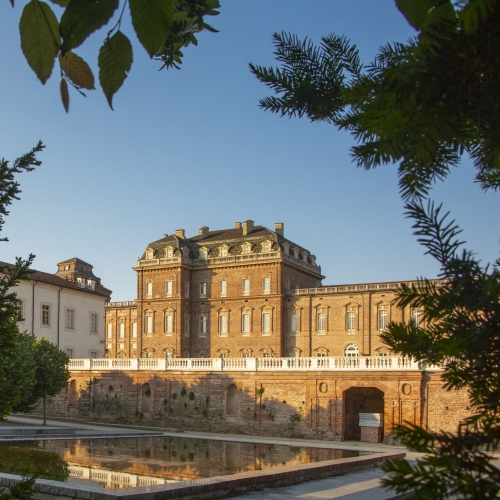
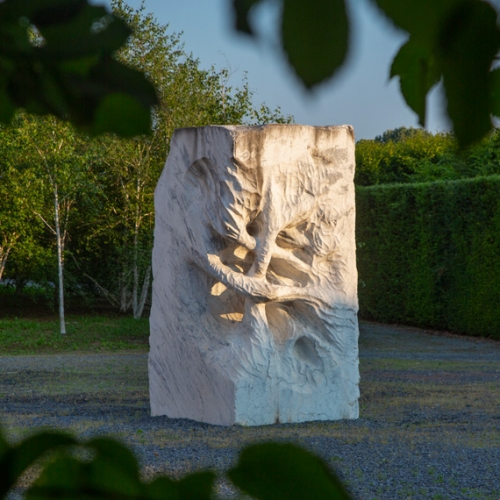

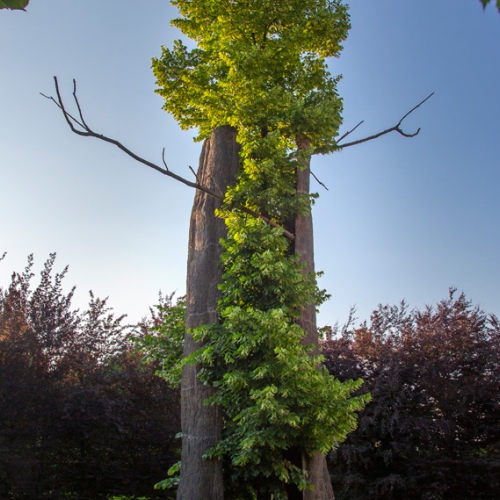
 Tickets
Tickets






